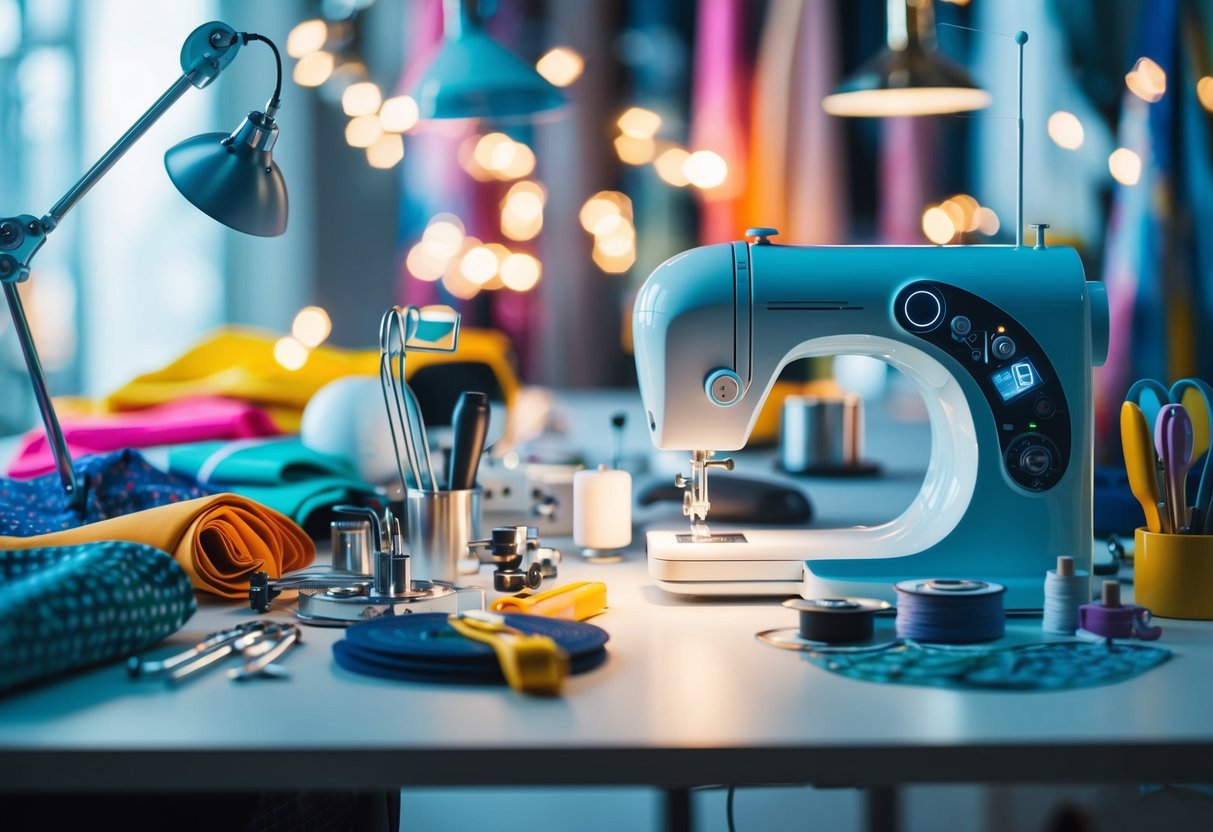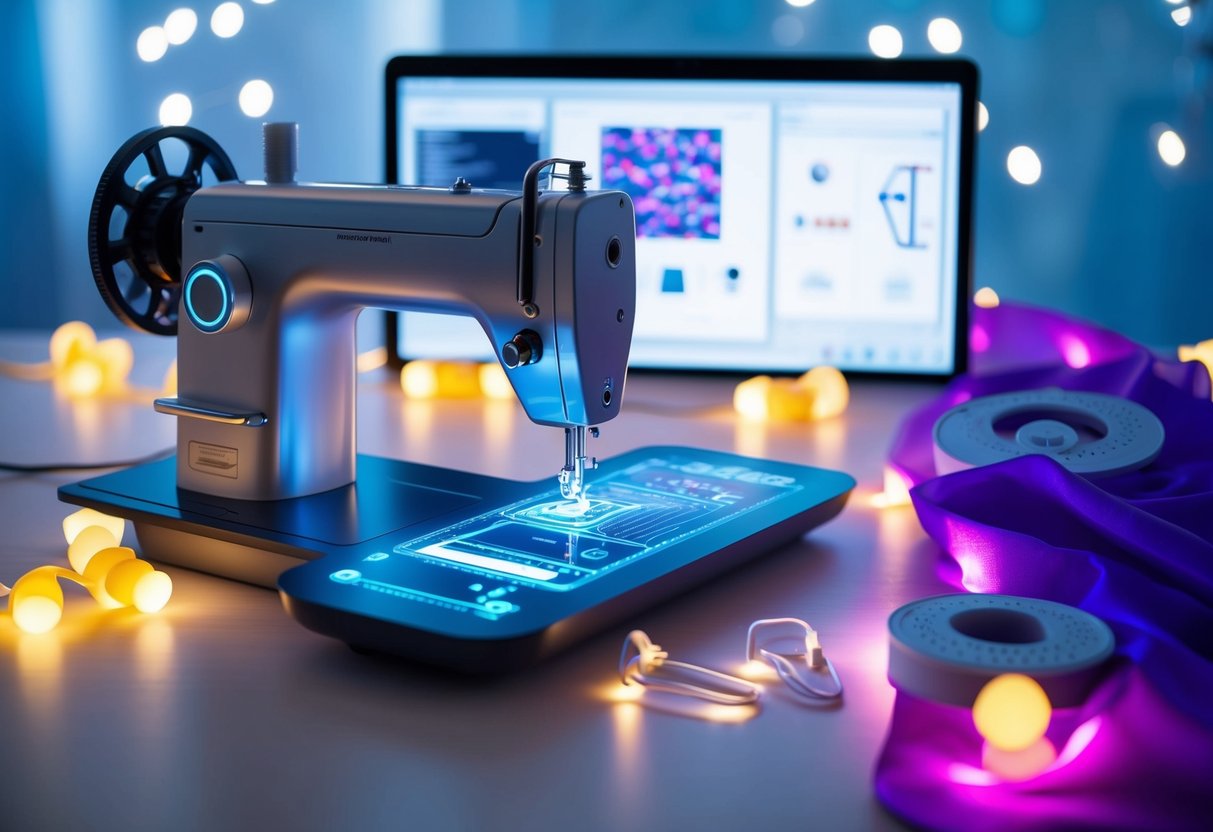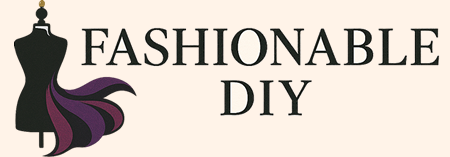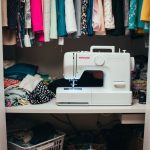The Intersection of DIY Fashion and Tech: Future Trends
The convergence of DIY fashion and technology is shaping the future of the fashion industry in unprecedented ways. Through the growing influence of the maker movement, individuals are harnessing accessible technology to create personalized, innovative designs. This fusion is driving a significant shift in how fashion is produced and consumed, allowing for greater creativity and customization.
At the heart of this movement is the ability to use technology to empower creativity in fashion. Individuals are able to transform their ideas into tangible pieces with tools like 3D printers, digital pattern-making software, and AI-driven design assistance. These advancements are opening new avenues for self-expression and challenging traditional fashion trends.
Tech-enriched DIY approaches are cultivating a community of designers who value sustainable practices. By minimizing resource consumption and promoting the reuse of materials, this integration supports environmentally conscious fashion solutions. As technology continues to evolve, the synergy between DIY fashion and tech is certain to redefine what’s possible in personal and commercial fashion landscapes.
The Rise of DIY Fashion

DIY fashion has gained traction, fueled by innovative maker culture and evolving trends. Technology and social media have played vital roles in democratizing fashion design, leading to a vibrant community of creators.
Maker Culture and Its Impact on Fashion
Maker culture promotes creativity and self-expression, encouraging individuals to explore personal style by crafting unique clothing pieces. This culture thrives in spaces like maker spaces where enthusiasts gather to collaborate and innovate.
These spaces often provide tools and mentorship, fostering an environment where fashion newcomers and seasoned creators alike can experiment with design. Events like the Maker Faire exhibit the potential of DIY fashion, showcasing a diverse range of handmade garments.
Social media supports this movement by enabling creators to share their work and connect with a wider audience. Platforms highlight emerging trends, allowing DIY enthusiasts to draw inspiration from peers worldwide. This interconnectedness fuels the desire to create distinct fashion statements.
The Evolution of DIY Fashion
DIY fashion has evolved significantly over the years, moving from simple modifications to complex garment creation. Advances in tech have been pivotal, with easy-to-use software and affordable materials making custom designs accessible.
Online platforms offer tutorials that cater to varying skill levels, attracting a broad demographic to the DIY scene. This accessibility translates into increased experimentation as individuals push creative boundaries.
Additionally, this movement embraces sustainable practices, as creators often repurpose materials, reducing waste. Such initiatives align with a growing consumer shift toward eco-conscious fashion. This evolution of DIY fashion highlights a dynamic intersection of creativity, community support, and sustainable innovation.
Technological Advancements in DIY Fashion

DIY fashion is experiencing a significant transformation due to technological advancements. New tools and AI applications are reshaping how enthusiasts create and design their clothing.
Innovation in Fabrication Tools
Recent years have seen an influx of innovative fabrication tools that have revolutionized the DIY fashion scene. Among these, 3D printers stand out by enabling creators to shape custom buttons, buckles, and even entire garments with ease. Laser cutters allow precise cuts and engravings on fabrics, offering a professional finish previously unachievable without industrial machinery.
Open-source platforms are empowering enthusiasts to share blueprints and designs, making sophisticated tools accessible to a wider audience. As these fabrication tools become more user-friendly, they reduce the barriers for beginners while enhancing creative possibilities for seasoned designers. Such advancements are propelling DIY fashion into an era where personalized craftsmanship is readily attainable.



